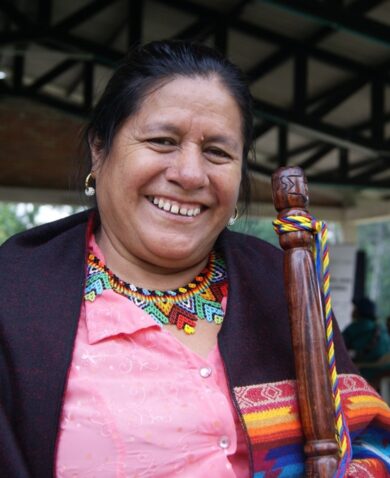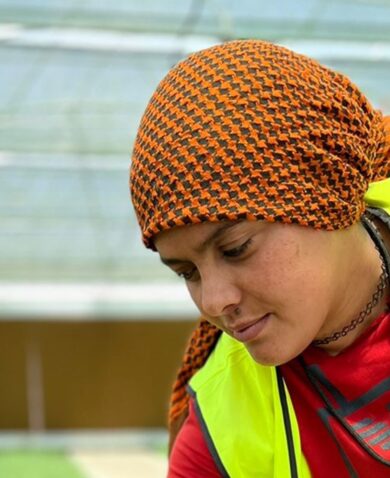
Chemonics News
News: Chemonics’ Response to VICE Segment on Haiti
April 28, 2015 | 3 Minute ReadAn April 24 episode of HBO’s VICE newsmagazine provides an incomplete picture of Chemonics’ work to build a sustainable future in Haiti.
On Friday, April 24, HBO aired a segment on its newsmagazine, VICE, titled “Haitian Money Pit” in which Chemonics is mentioned, along with numerous other organizations. The segment does not provide a complete or accurate picture of Chemonics’ work in Haiti over the past five years.
Few areas of international aid have attracted as much interest and, sadly, criticism in the United States as post-earthquake Haiti. Several years later, no one denies that Haiti is still in need of significant development assistance. However, this does not mean that development efforts, including those undertaken by Chemonics, have not been tremendously effective and beneficial to the Haitian people.
Chemonics’ work in Haiti
Of the many activities mentioned in the segment, Chemonics was only involved in two: constructing the soccer field and cultural center in Caracol. The segment implies that Chemonics built a police station in Caracol, but we did not. As part of our USAID-funded Haiti Recovery Initiative, which ended in 2013, both the soccer field and the cultural center were designed to build a greater sense of community in the north of Haiti. Taken separately, these community projects may seem random. However, they were part of a larger strategy to stimulate growth in the region. This strategy included investments in health, education, agriculture and economic growth, and safety and security, along with community engagement.
The segment also suggested that we did not consult the Caracol community before building the soccer field and cultural center. This is also not true. Both the soccer field and community center were identified as local priorities at community meetings, and Haitian leaders such as Mayor Lamour, who was interviewed for the piece, participated in kick-off meetings and signed grant agreements that included details on the projects, as well as roles and responsibilities for both Chemonics and community leaders. Haitian leaders and community members were actively engaged throughout the construction of both the cultural center and soccer field, including participating in regular meetings and conducting joint site visits with our staff to monitor progress. Additionally, both projects were built by Haitian-owned construction firms.
Haitian-led development
Throughout the piece, the development industry in Haiti is criticized for lack of consultation with Haitians. For Chemonics, this is incorrect on a number of levels. At every point during implementation, we prioritized using Haitian expertise, Haitian goods, and Haitian companies. In fact, for our post-earthquake programs, more than 90 percent of the staff were Haitian, many in key leadership positions. In our office in the north, near Caracol, this number was 94 percent, most of whom were from the nearby communities, including Caracol. Our team of passionate Haitian staff engaged directly with a diverse array of community leaders prior to and during every activity.
Contractor accountability and oversight
The segment also claims that out of every dollar of aid money, only one penny has gone to Haitian organizations. This is not true. Since the earthquake, Chemonics alone has awarded nearly $100 million dollars directly to Haitian organizations, in the form of grants and subcontracts, providing much-needed monetary resources, as well as institutional strengthening and capacity building services in tandem. Today, many of these organizations are poised to work directly with international funders, including USAID.
The piece also claims that while USAID tracks how much money goes to a given contractor, it has no way to track the money beyond that point. This is false. Contractors are accountable for every penny spent on their respective projects, and USAID is closely involved in all stages of the projects, including monitoring expenditures.
Real results
Over the past five years, Chemonics projects have achieved a great deal in partnership with Haitian individuals, communities, civil society groups, and private sector firms. Below are a few highlights:
- Cleared 460,000 cubic meters of rubble
- Planted 5.6 million trees
- Built 260 greenhouses and taught 15,000 farmers about drip irrigation, increasing farmer incomes ten-fold
- Stabilized more than 71 miles of ravines in five watersheds
- Converted Port-au-Prince’s largest public cooking area to propane, saving 800 tons of charcoal every year
- Increased bean, corn, and rice farmer yields by 240 percent over four years
























